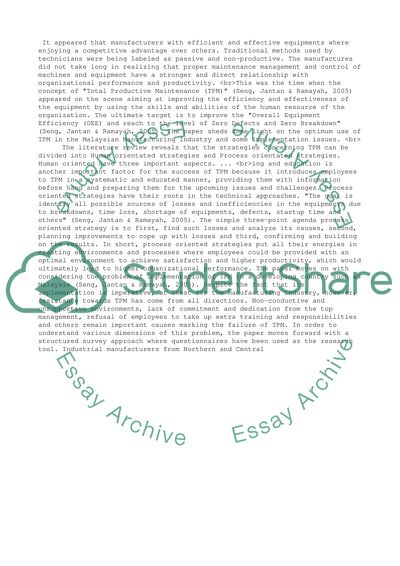Cite this document
(“Implementing Total Predictive Maintenance Essay”, n.d.)
Retrieved from https://studentshare.org/management/1423842-implementing-total-predictive-maintenance-tpm
Retrieved from https://studentshare.org/management/1423842-implementing-total-predictive-maintenance-tpm
(Implementing Total Predictive Maintenance Essay)
https://studentshare.org/management/1423842-implementing-total-predictive-maintenance-tpm.
https://studentshare.org/management/1423842-implementing-total-predictive-maintenance-tpm.
“Implementing Total Predictive Maintenance Essay”, n.d. https://studentshare.org/management/1423842-implementing-total-predictive-maintenance-tpm.


